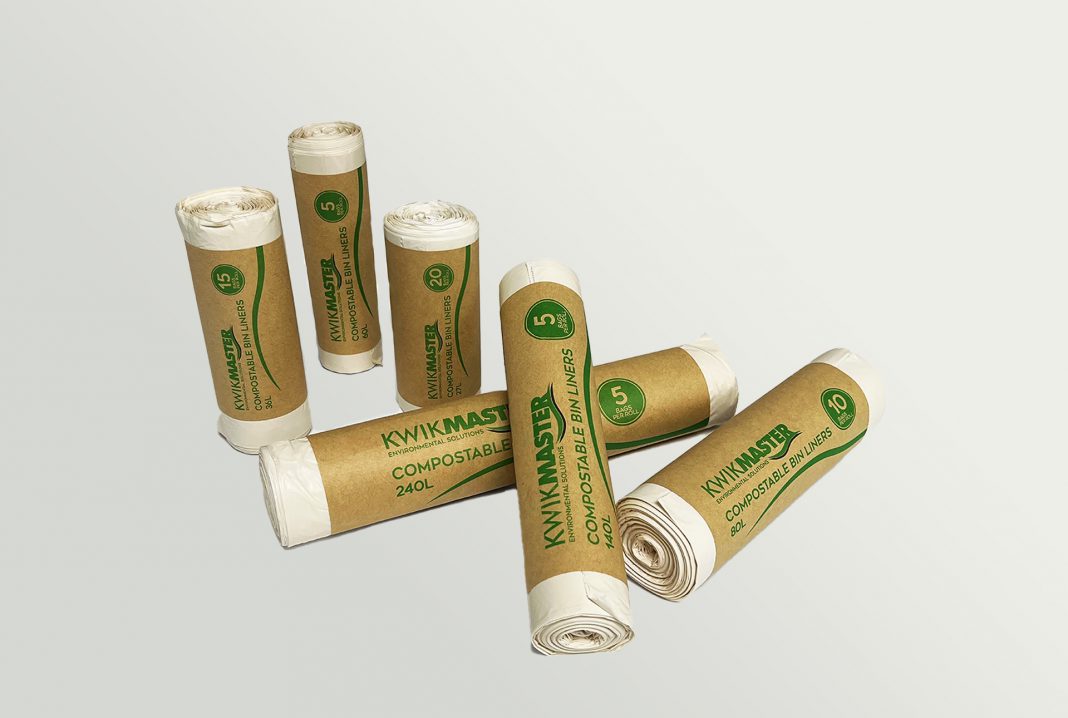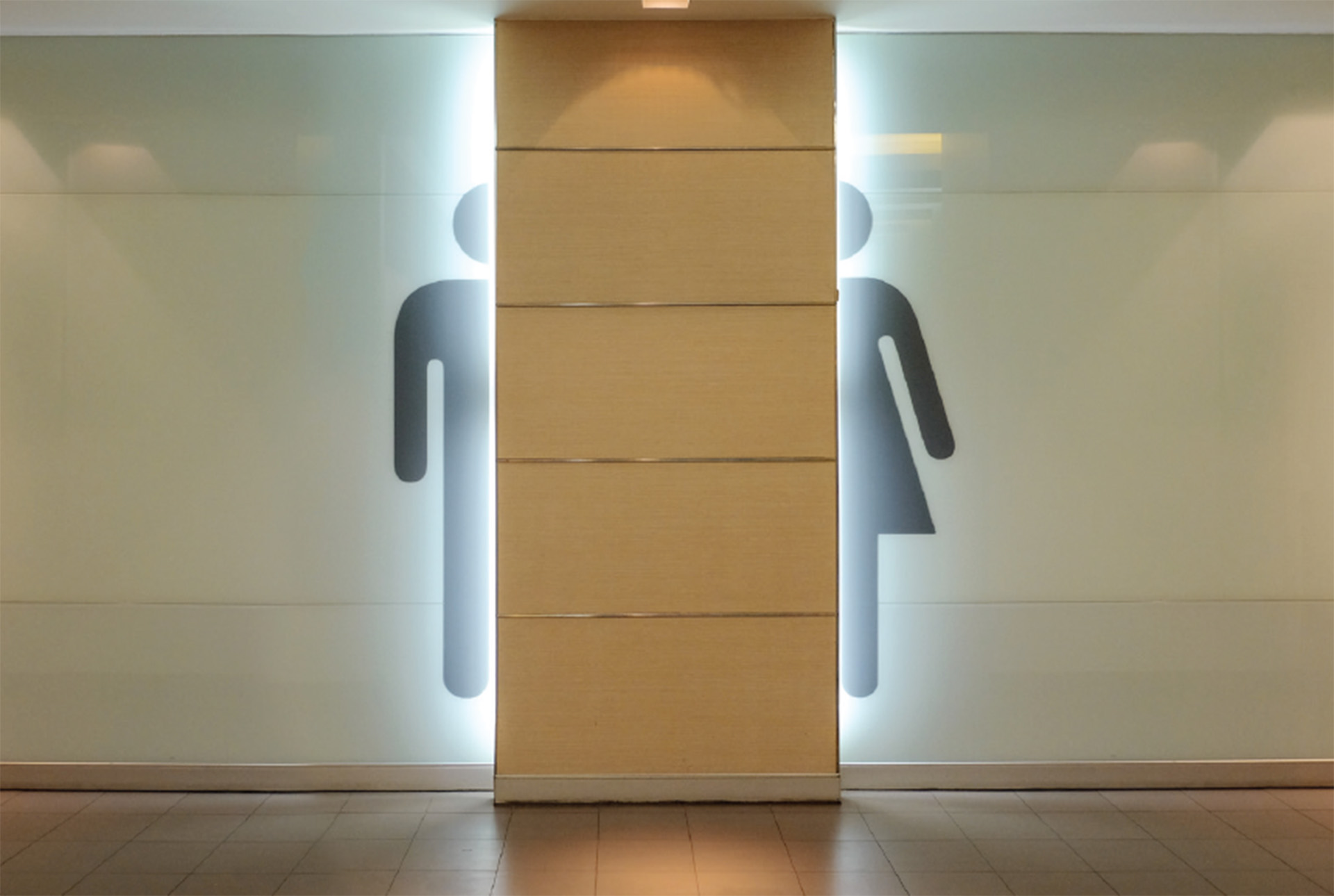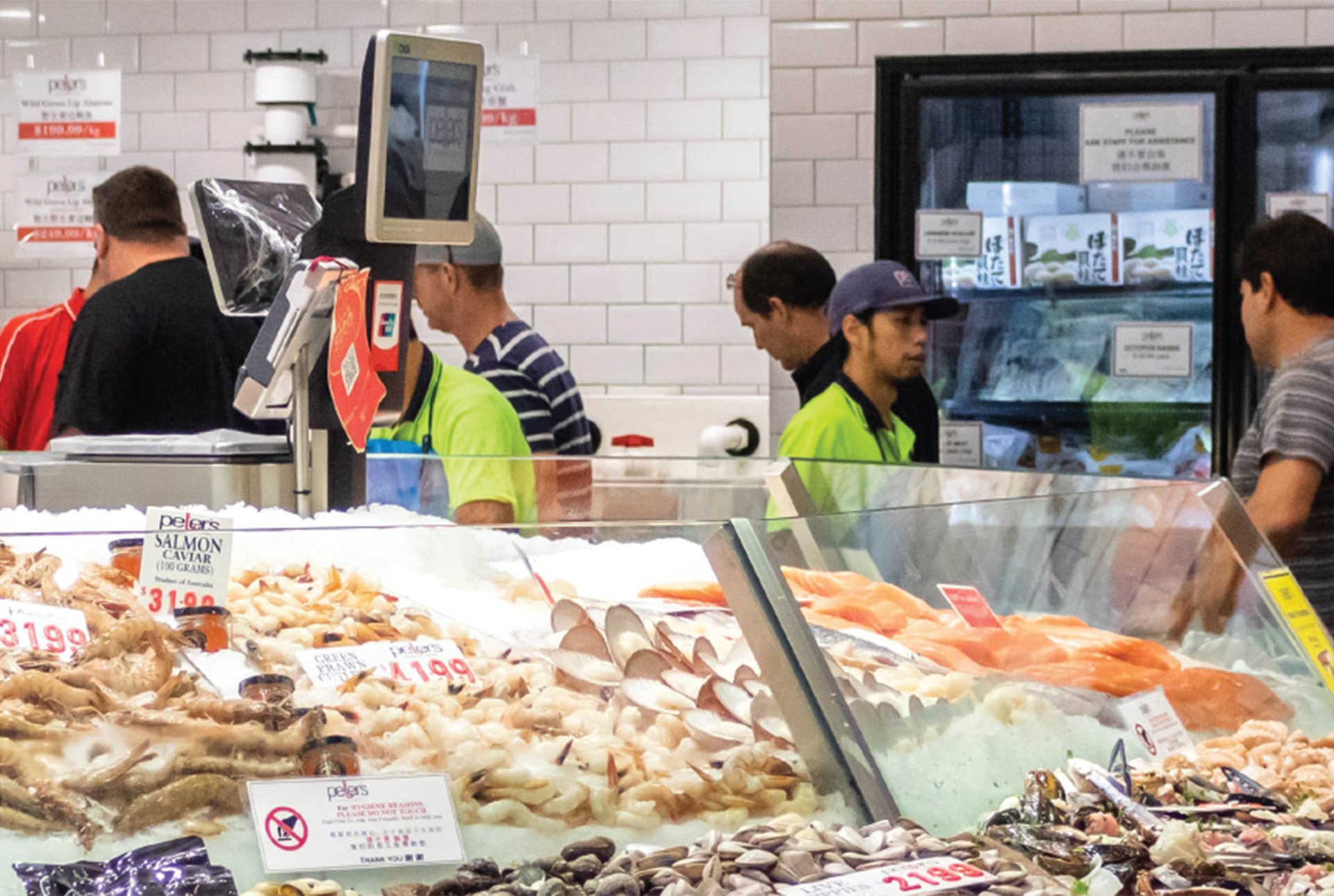Bin liners have been an essential waste solution since 1950 when invented for healthcare facilities, restaurants, offices and within manufacturing. As society has become more aware of the risks that traditional single-use plastic pose on the environment, renewable and compostable alternatives have been created to reduce that impact.
Compostable bin liners are made from renewable, plant-based materials like corn-starch and wheat. This allows them to easily break down in a composting system through microbial activity, typically within a two-year period. Additionally, they do not leave behind any harmful residues, including microplastics once they have completely decomposed.
They are currently a leading sustainable product in the global market with an annual growth rate of 7.2%. As growth continues across the globe and Australia moves to meet its national waste targets, getting ahead of changing legislation and stakeholder expectations is important.
Why is Choosing the Right Sized Bin Liner Important?
Understanding what compostable bin liner is best suited for your business’ needs can help you reduce your company’s overall waste by minimising the amount of unused or overused materials. Choosing the correct size bin liner will also improve hygiene by preventing overfilling, creating a messy work environment.
Using a bin liner that is too small for the bin will result in bins being changed too regularly, ultimately wasting more bags than necessary. Spoilage and hygiene may also be affected by a bin liner that is too small for the bin as the interior will not be fully covered by the smaller bag. Clean offices contribute to retaining high-performance workers with 70% of employees feel that an office with poor hygiene genuinely impacts their job satisfaction.
Bin liners that are too big for the bins they are placed in results in unused materials being wasted.
What Sizes of Bin Liners are Best Used for Businesses?
Every item purchased in any facility or business has its purpose to either be used by or help maintain the business. Bin liners are a commodity in maintaining hygiene across businesses in any industry. Depending on what sector your business falls into may impact what size bin liners you use.
The bin liner size selected for use is relevant to the bins found around the facility but also what areas they will be used within.
27L – 36L Compostable Bin Liners:
Made to match bins of the same size, these bin liners are mostly used in low traffic areas like offices, hotel rooms & staff room kitchens and small restaurants to collect organic or general waste. They may also be found in small office kitchens to collect organic waste that is collected by staff and changed daily.
60L-80L Compostable Bin Liners:
Made to fit two popular sizes for high-traffic facilities and businesses, 60L to 80L bin liners are best used in larger commercial operations like restaurant kitchens, large office kitchens and facilities like shopping centres and airports to collect general waste or organic food waste like peels and scraps.
These sizes are more likely to be found in high traffic areas as they will not need to be changed as frequently and will experience large amounts of food waste than a small kitchen.
140L-240L Compostable Bin Liners:
The largest sizes of compostable bin liners are best used for school yards, universities, food processing facilities that produce large amounts of waste or for places that will not be changed as frequently like a school yard.
Whether these liners are being placed in large wheelie bins for organic waste around schools or used to collect the waste created by food processing facilities, these bin liners are the perfect size for large volumes of organic or general waste.
Choosing the correct bin liner size can reduce waste, maintain hygiene within the kitchen.









